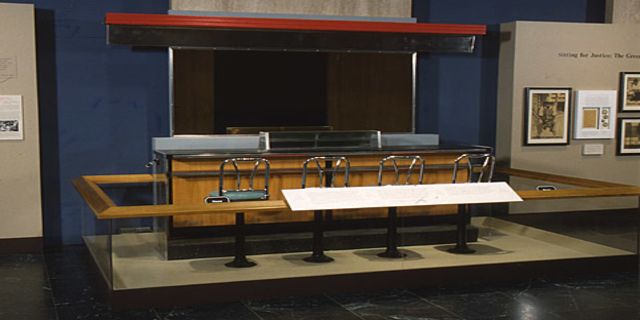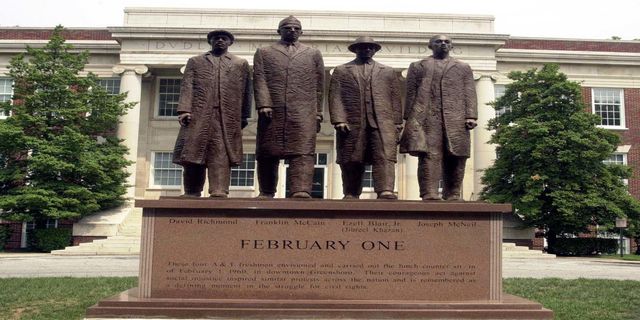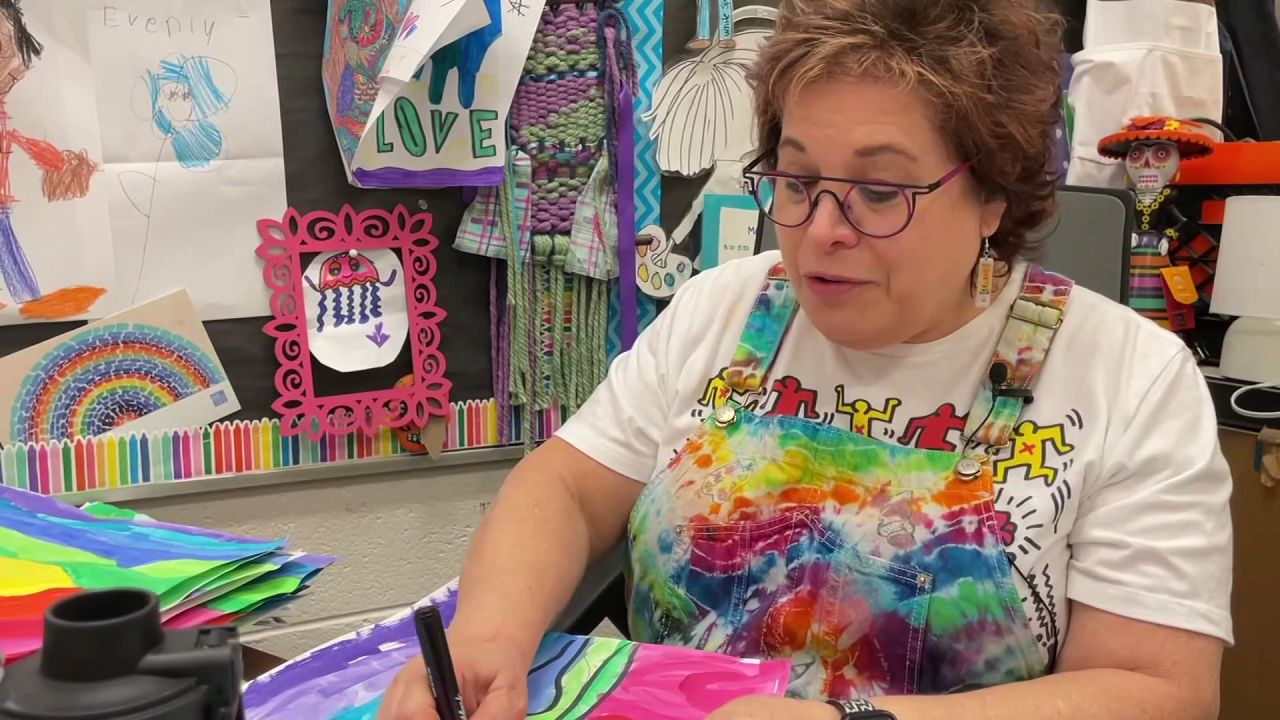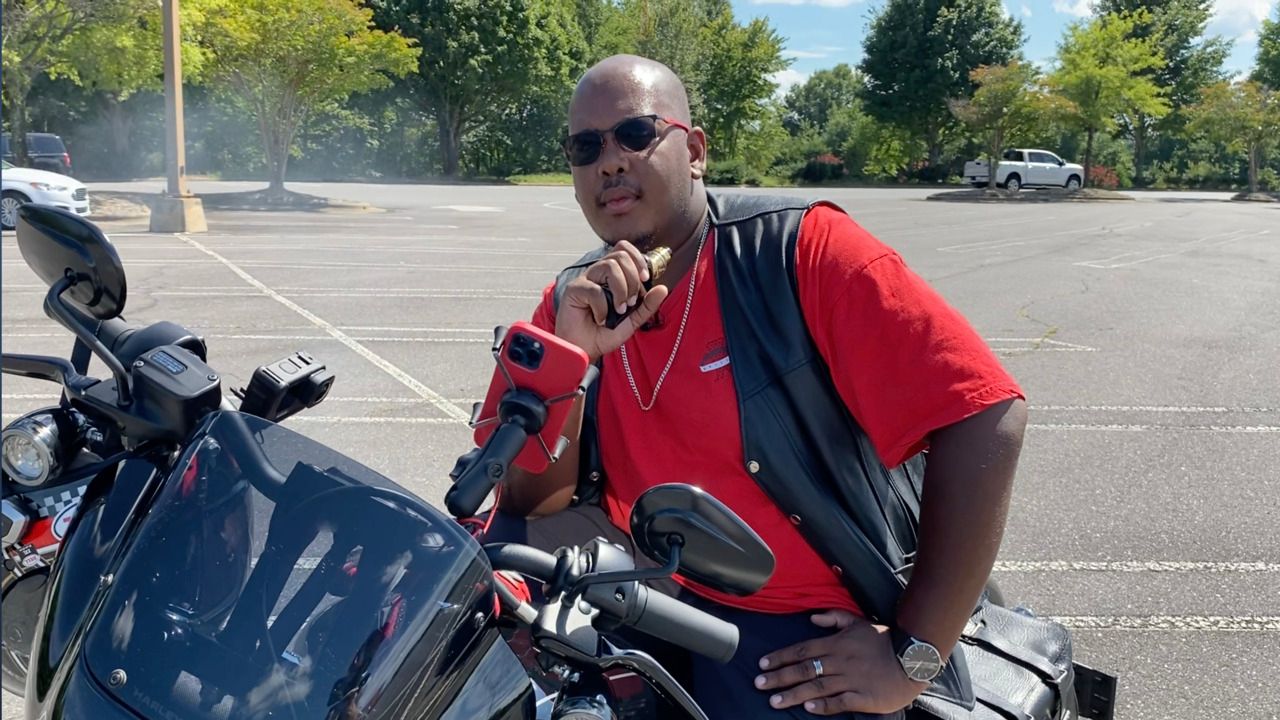NORTH CAROLINA -- Feb. 1 marks the anniversary of the beginning of the historic Greensboro sit-ins, which were held at a Woolworth’s in downtown Greensboro.
Led by four North Carolina A&T Students – Joseph McNeil, Franklin McCain, Jibreel Khazan (then Ezell Blair, Jr.) and David Richmond, the nonviolent protests lasted over five months.
The Greensboro sit-ins are considered one of the biggest events of the Civil Rights Movement and set the standard for modern nonviolent protest and resistance.

· The sit-ins were inspired by the work of Dr. Martin Luther King, Jr.
· While the manager of the lunch counter had alerted authorities when the four students sat down, Ralph Johns, a white businessman who aided the students, had alerted media outlets earlier in the day. By the time police arrived, the media was already there and word of the protests had spread.
· When the Greensboro Four returned to the lunch counter on the second day, 20 other students were there, including some from NC A&T, Bennett College, Women's College (now University of North Carolina at Greensboro) and Dudley High School
· The fourth day of the protest included over 300 people and it expanded to a second lunch counter at Kress.
· By the end of the week, students in Winston-Salem, Durham, Raleigh and Charlotte began similar protests. It would begin sweeping through the Southeast including Kentucky, Tennessee and Virginia.
· Sales at the boycotted stores dropped by a third.
· By July 1960, just a few months after the sit-ins first began, the lunch counter at the Greensboro Woolworth’s had become integrated.
· Four years later, The Civil Rights Act of 1964 would mandate all businesses to desegregate.

Get the latest news, sports and weather delivered straight to your inbox. Click here to sign up for email and text alerts.






)


